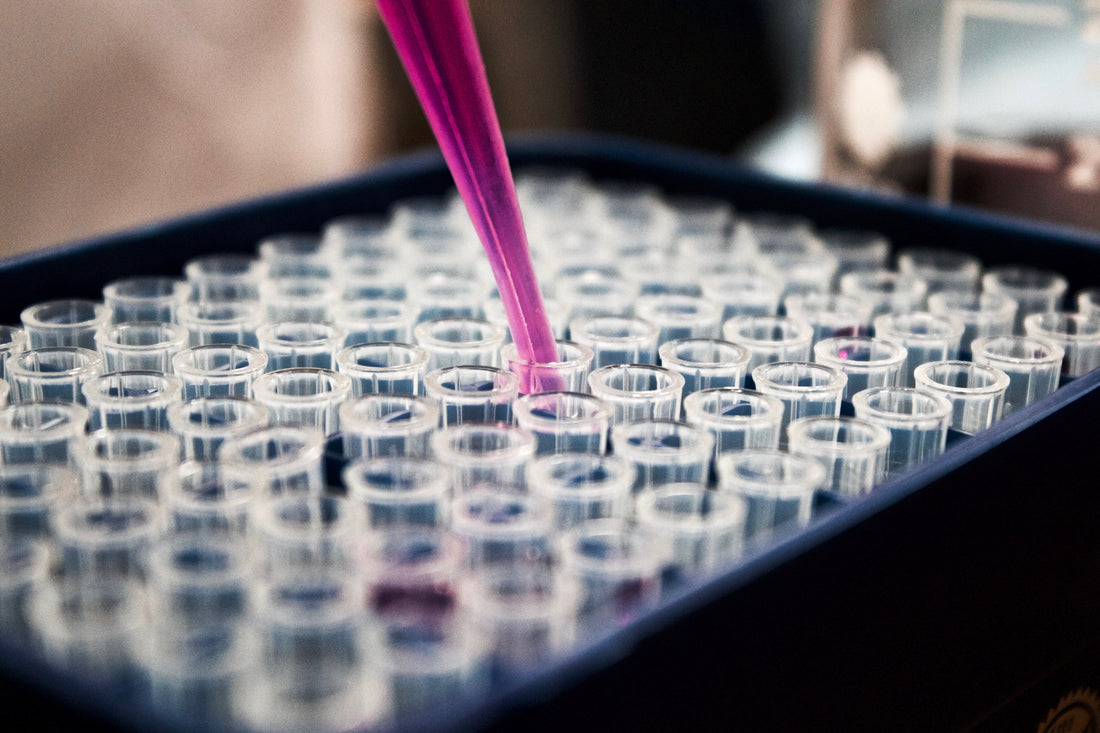In recent years, liquid biopsy has emerged as a promising new technique for the detection and monitoring of cancer and other diseases. Unlike traditional tissue biopsies, which involve the removal of a sample of tissue from the body, liquid biopsy involves the analysis of blood or other bodily fluids to detect the presence of cancer cells or genetic mutations.
Liquid biopsy has several potential advantages over traditional tissue biopsies. First and foremost, it is minimally invasive and can be performed more frequently, allowing for earlier detection and monitoring of disease progression. Additionally, liquid biopsy can be used to detect cancer in organs that are difficult to biopsy, such as the pancreas, or in cases where a tissue biopsy is not possible due to a patient's poor health or other medical conditions.
There are several types of liquid biopsy, but the most common is known as circulating tumor DNA (ctDNA) analysis. This technique involves the analysis of DNA fragments that are shed by tumor cells into the bloodstream. These DNA fragments, which are called circulating tumor DNA (ctDNA), can be isolated from a patient's blood sample and analyzed for genetic mutations or other biomarkers that are associated with cancer.
Another type of liquid biopsy is circulating tumor cell (CTC) analysis, which involves the detection and isolation of cancer cells that have detached from a tumor and are circulating in the bloodstream. CTC analysis can provide information about the number and type of cancer cells present in a patient's blood, as well as their response to treatment.
Liquid biopsy is still a relatively new technology, and its use is not yet widespread. However, it has shown promise in several areas, including the detection of early-stage cancer, the monitoring of disease progression, and the identification of treatment-resistant tumors.
One potential application of liquid biopsy is in the development of personalized cancer treatments. By analyzing a patient's ctDNA or CTCs, clinicians may be able to identify genetic mutations or other biomarkers that are driving the growth of their tumor. This information can then be used to develop targeted therapies that are tailored to the individual patient, potentially improving their response to treatment and reducing the risk of side effects.
In conclusion, liquid biopsy is a promising new technique that has the potential to revolutionize the way we detect and treat cancer and other diseases. While it is not yet widely available, ongoing research is helping to refine the technology and improve its accuracy and reliability. As liquid biopsy becomes more widely adopted, it has the potential to improve patient outcomes and reduce healthcare costs, making it an exciting area of research and development in the field of medicine.

